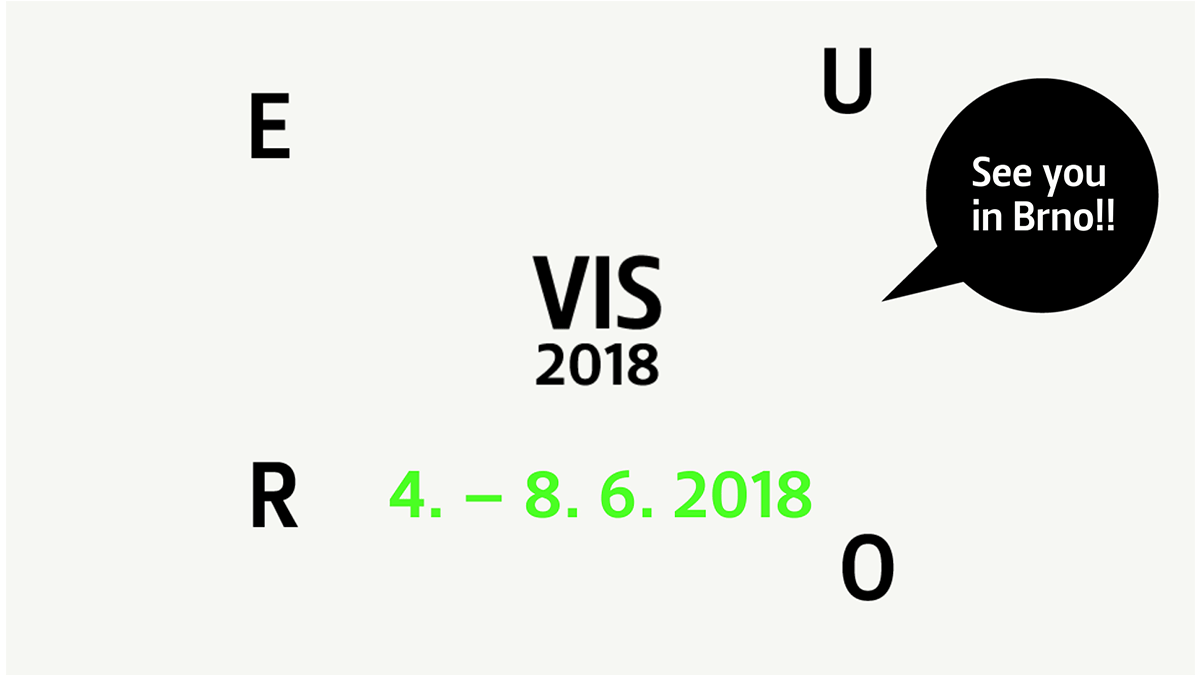EuroVis full paper:
Hypersliceplorer: Interactive visualization of shapes in multiple dimensions
T.Torsney-Weir, T. Möller, M. Sedlmair, and R. M. Kirby
In this paper we present Hypersliceplorer, an algorithm for generating 2D slices of multi-dimensional shapes defined by a simplical mesh. Often, slices are generated by using a parametric form and then constraining parameters to view the slice. In our case, we developed an algorithm to slice a simplical mesh of any number of dimensions with a two-dimensional slice. In order to get a global appreciation of the multi-dimensional object, we show multiple slices by sampling a number of different slicing points and projecting the slices into a single view per dimension pair. These slices are shown in an interactive viewer which can switch between a global view (all slices) and a local view (single slice). We show how this method can be used to study regular polytopes, differences between spaces of polynomials, and multi-objective optimization surfaces.
EuroVis short paper:
Risk fixers and sweet spotters: A study of the different approaches to using visual sensitivity analysis in an investment scenario
T. Torsney-Weir, S. Afroozeh, M. Sedlmair, and T. Möller
We present an empirical study that illustrates how individual users' decision making preferences and biases influence visualization design choices. Twenty-three participants, in a lab study, were shown two interactive financial portfolio optimization interfaces which allowed them to adjust the return for the portfolio and view how the risk changes. One interface showed the sensitivity of the risk to changes in the return and one did not have this feature. Our study highlights two classes of users. One which preferred the interface with the sensitivity feature and one group that does not prefer the sensitivity feature. We named these two groups the "risk fixers'' and the "sweet spotters'' due to the analysis method they used. The "risk fixers'' selected a level of risk which they were comfortable with while the "sweet spotters'' tried to find a point right before the risk increased greatly. Our study shows that exposing the sensitivity of investment parameters will impact the investment decision process and increase confidence for these "sweet spotters". We discuss the implications for design.

